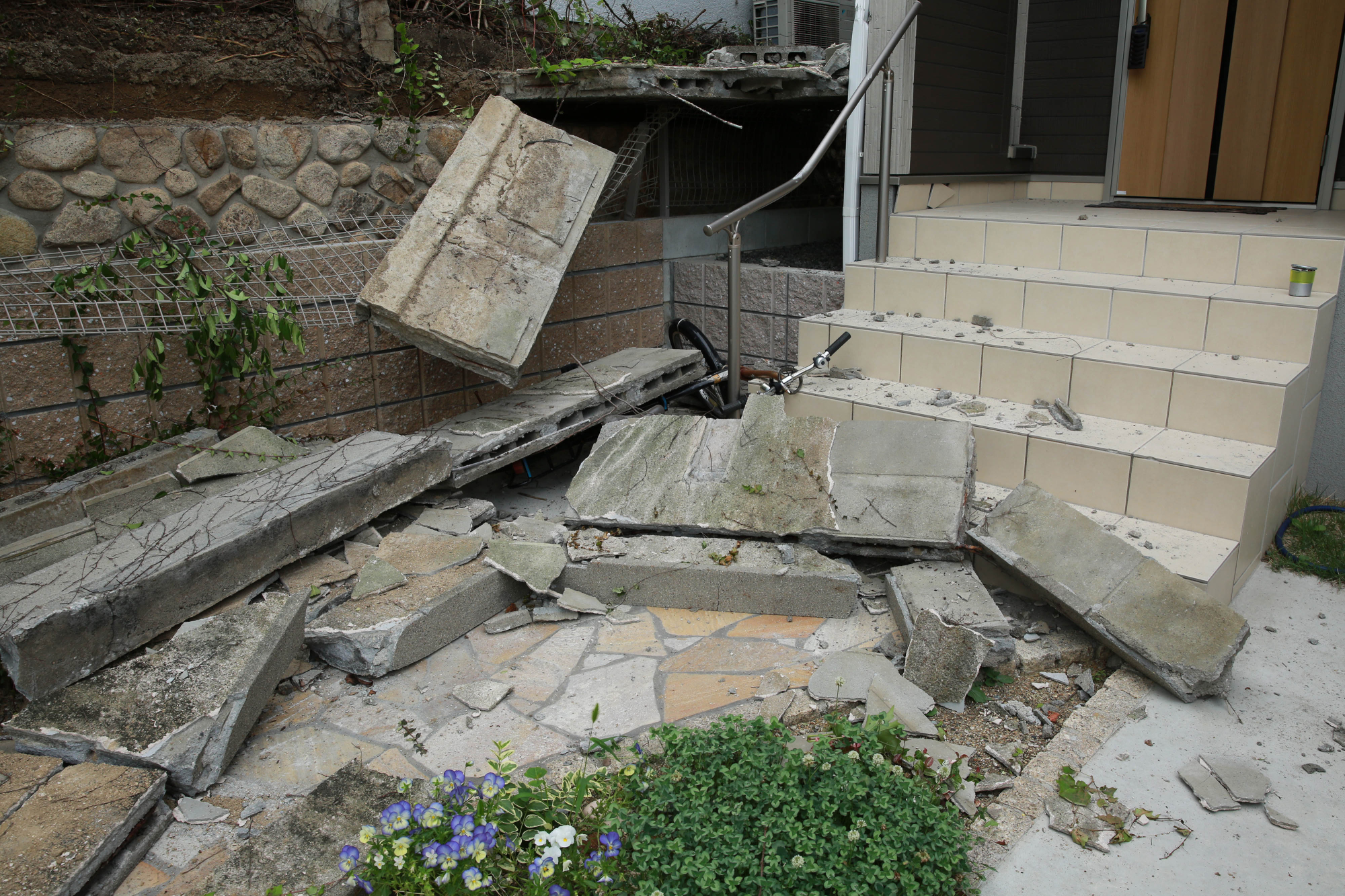Although I am a foreigner, I am no stranger to Japan having visited many times and am now in the middle of my second one-year academic appointment at the Disaster Prevention Research Institute of Kyoto University. The June 18 earthquake that struck northern Osaka Prefecture was not the first earthquake I have experienced in Japan.
My first visit to Japan was in January 1995 to participate in the 4th U.S.-Japan Workshop on Urban Earthquake Hazard Reduction. I arrived in Osaka on Jan. 16, the day before the workshop was to begin. The workshop was scheduled to open on Jan. 17, but at 5:46 a.m. I was awakened by severe shaking generated by the Great Hanshin-Awaji Earthquake. Needless to say, our workshop turned into earthquake reconnaissance and my intended four-day stay was extended to three weeks. I returned multiple times over the next two years as I completed a study of the emergency response to that earthquake.
We learn a great deal from major earthquakes. The Hanshin-Awaji earthquake demonstrated the vulnerability of many elements of urban infrastructure — elevated freeways and bridges, many types of buildings as well as single family homes, harbor facilities and utilities. In addition, earthquake emergency response plans proved inadequate and existing seismic networks were in need of expansion to provide more rapid and accurate data on future earthquakes and their aftershocks. In response, new stronger building codes were developed and enforced, emergency operations plans were improved and the seismic network was significantly expanded.


















With your current subscription plan you can comment on stories. However, before writing your first comment, please create a display name in the Profile section of your subscriber account page.